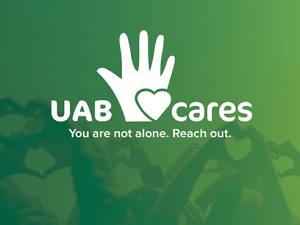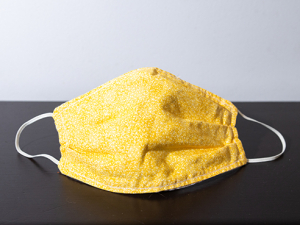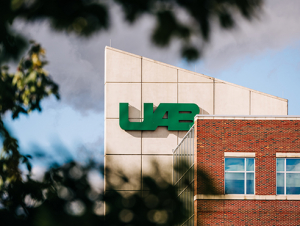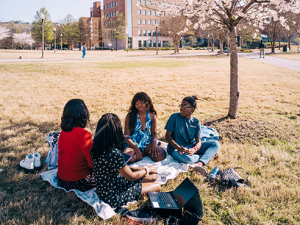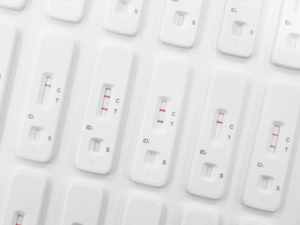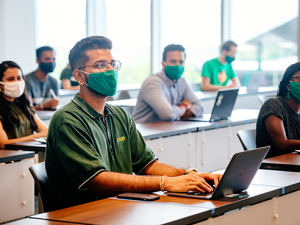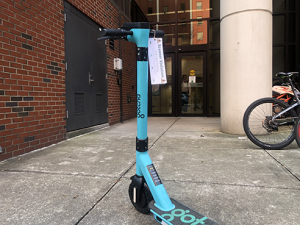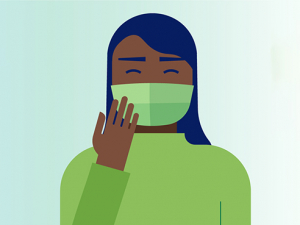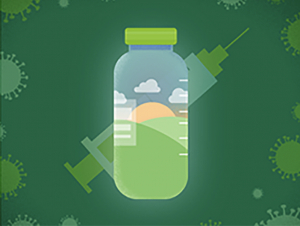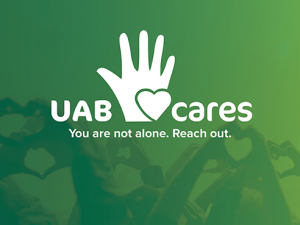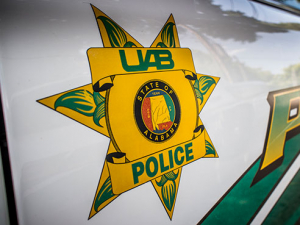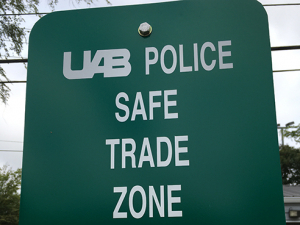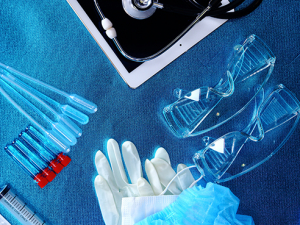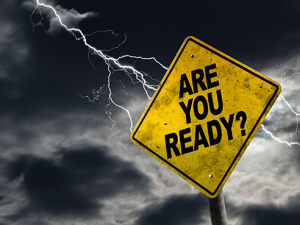
With nearly 1,200 labs overseen by principal investigators, forming a strategy for reorganizing and revamping lab-safety training for teaching labs on campus could have been a daunting task. But after an incident in a teaching lab in fall 2016, UAB’s Department of Occupational Health and Safety (OHS) decided it was time to rethink how it trained both its teaching assistants and undergraduate students.
Project leaders Judy McBride, director of laboratory health and safety, and Rani Jacob, Ph.D., assistant director of research health and safety, had an idea to maximize results while minimizing cost and labor.
The two created a tiered approach to safety training by combining online and hands-on training components. First, teaching assistants (TAs) and graduate students are enrolled in an online course based focused on recognizing and managing hazards, assessing risks and preparing for emergencies.
|
“If a teaching assistant is properly trained, it will reflect in their lab and the undergraduate will learn.” |
After completing the online training, they participate in a daylong safety workshop in which they practice operating safety showers and eyewash stations, using fire extinguishers, cleaning up spills, assessing risks and choosing appropriate personal protective equipment and running emergency response, evacuation and shelter-in-place exercises. The Birmingham Fire Department even brought its fire extinguisher simulator to give workshop attendees a chance to really get hands-on.
Then, TAs and graduate students who work in teaching labs take their training knowledge back into the classroom setting. There students take a short, basic online safety course with videos and quizzes before the lab’s first session, and each lab session will begin with brief, specific explanations related to that day’s experiments, complete with familiarization with the location and use of safety equipment. All is based on information the TAs and graduate students learned during their own online and hands-on training.
“Teaching assistants are responsible for labs and for taking care of undergraduates. They have to be able to handle all kinds of situations, from medical emergencies to fire,” Jacob said. “If a teaching assistant is properly trained, it will reflect in their lab and the undergraduate will learn.”
 Project leaders Judy McBride, director of laboratory health and safety, and Rani Jacob, Ph.D., assistant director of research health and safety,Earning recognition
Project leaders Judy McBride, director of laboratory health and safety, and Rani Jacob, Ph.D., assistant director of research health and safety,Earning recognition
For creating this trickle-down training process, UAB earned a Campus Safety, Health and Environmental Management Association Innovation Award in the Process Improvement category, which recognizes successfully designed or re-engineered programs, innovative methods of training or educational courses or improving a service in response to a campus need.
The new training approach from OHS fit all three of those categories, and Jacob and McBride say the new processes they’ve implemented are much more cost-effective than training alternatives with similar impacts, which can cost nearly $500 per person for a one-day in-person course from the Laboratory Safety Institute.
Additionally, many labs purchase chemical spill safety kits from Fisher Scientific, which run about $100 online. In the new training workshops, TAs and graduate students learned to build their own spill kits featuring the same items for a fraction of the cost — about $10 retail.
|
More than 500 graduate students and TAs and lab-centric faculty and staff have been trained using this new system, influencing about 4,500 or more undergraduates. |
A culture of safety
McBride and Jacob have partnered with the Department of Chemistry, which piloted the program in 2017, and the Department of Biology and School of Engineering, which joined in 2018. The chemistry TAs and graduate students who were trained in 2017 received updated training this year, learning about risk assessments and preparing for emergencies rather than just responding to them.
Tanja Matthews, lab manager in chemistry, says that incorporating a hands-on element such as physically operating safety showers and eyewash stations into training is a much better way to get their attention.
“Hands-on activities make you more interested in what you’re doing,” Matthews said. “It also gives them real experience, so if they run into a safety situation in a lab, they’ll know what to do and look out for — they won’t be standing there looking like a deer in headlights.”
As of this semester, more than 500 graduate students and TAs and lab-centric faculty and staff have been trained using this new system, influencing what McBride and Jacob estimate to be about 4,500 or more undergraduates.
Annie McCormick, a chemistry major who works as a teaching assistant, says the new training was “really incredible,” and that Jacob’s and McBride’s energy and enthusiasm plus the integration of hands-on activities made the sessions much more engaging.
“I am a visual learner, so it would have been hard for me to remember procedures just by reading them on paper,” McCormick said. “But because [Jacob and McBride] were so energized and incredible, I remembered every single thing.”
Those memories came in use recently, when there was an accidental reagent spill in her lab. McCormick says the demonstrations during her training were the first thing that came to mind.
|
Interested in getting your department to participate in the new lab-safety training? Email ohs@uab.edu. |
“I went right back to that spill kit demo and was able to say ‘I know exactly what to do in this situation” because the training was memorable and the demonstration was fun,” she said.
Jacob and McBride hope to take this training program to all research departments on campus, with the goal of each new set of TAs and graduate students training at the beginning of each semester, ensuring a culture of lab safety that begins with undergraduates in teaching labs and stays with them throughout their careers as researchers.
“We’ve trained only a small portion of campus,” Jacob said. “There’s research happening in all these labs. There’s a lot of work to do.”
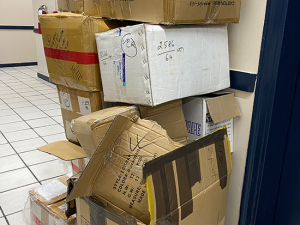

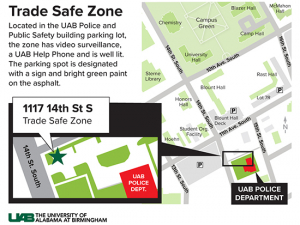

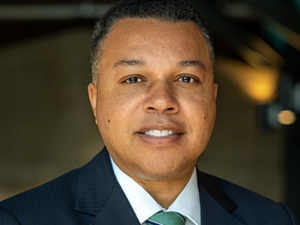
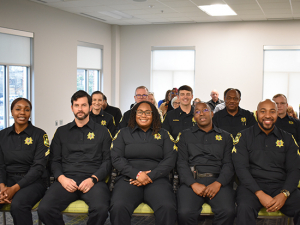

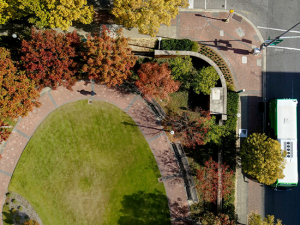
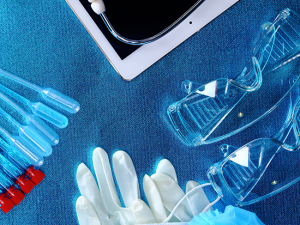
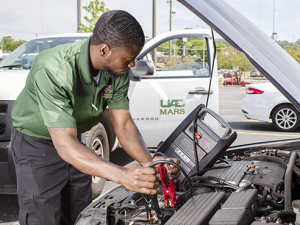
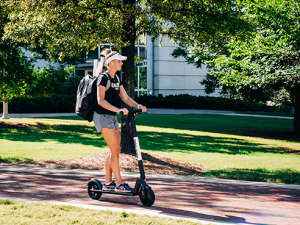
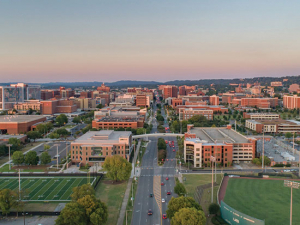
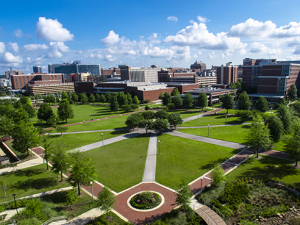
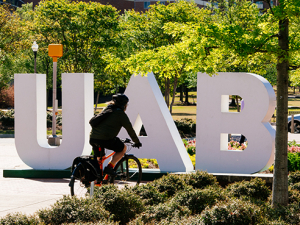
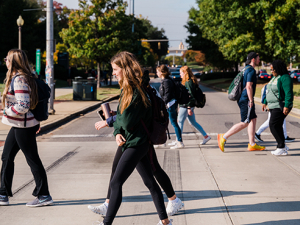
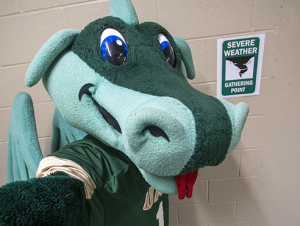
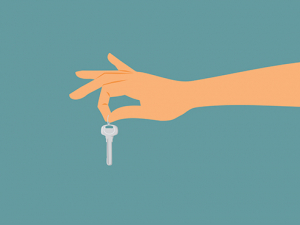
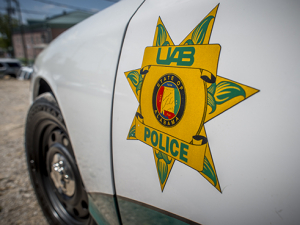


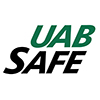 UAB is committed to fostering a safe and inclusive environment for all Blazers. From mobile apps to bus escort services to B-Alerts and more, make sure you’re up to date on all the ways to stay safer on campus.
UAB is committed to fostering a safe and inclusive environment for all Blazers. From mobile apps to bus escort services to B-Alerts and more, make sure you’re up to date on all the ways to stay safer on campus.